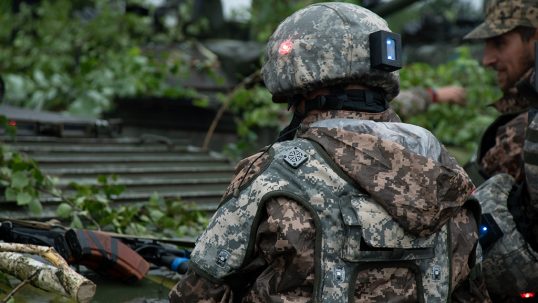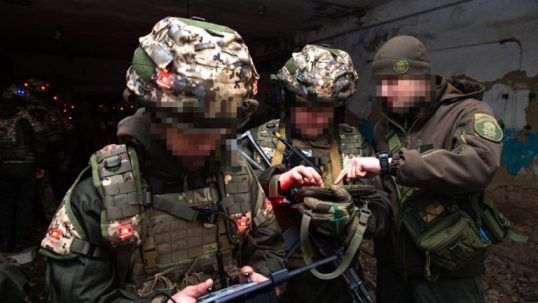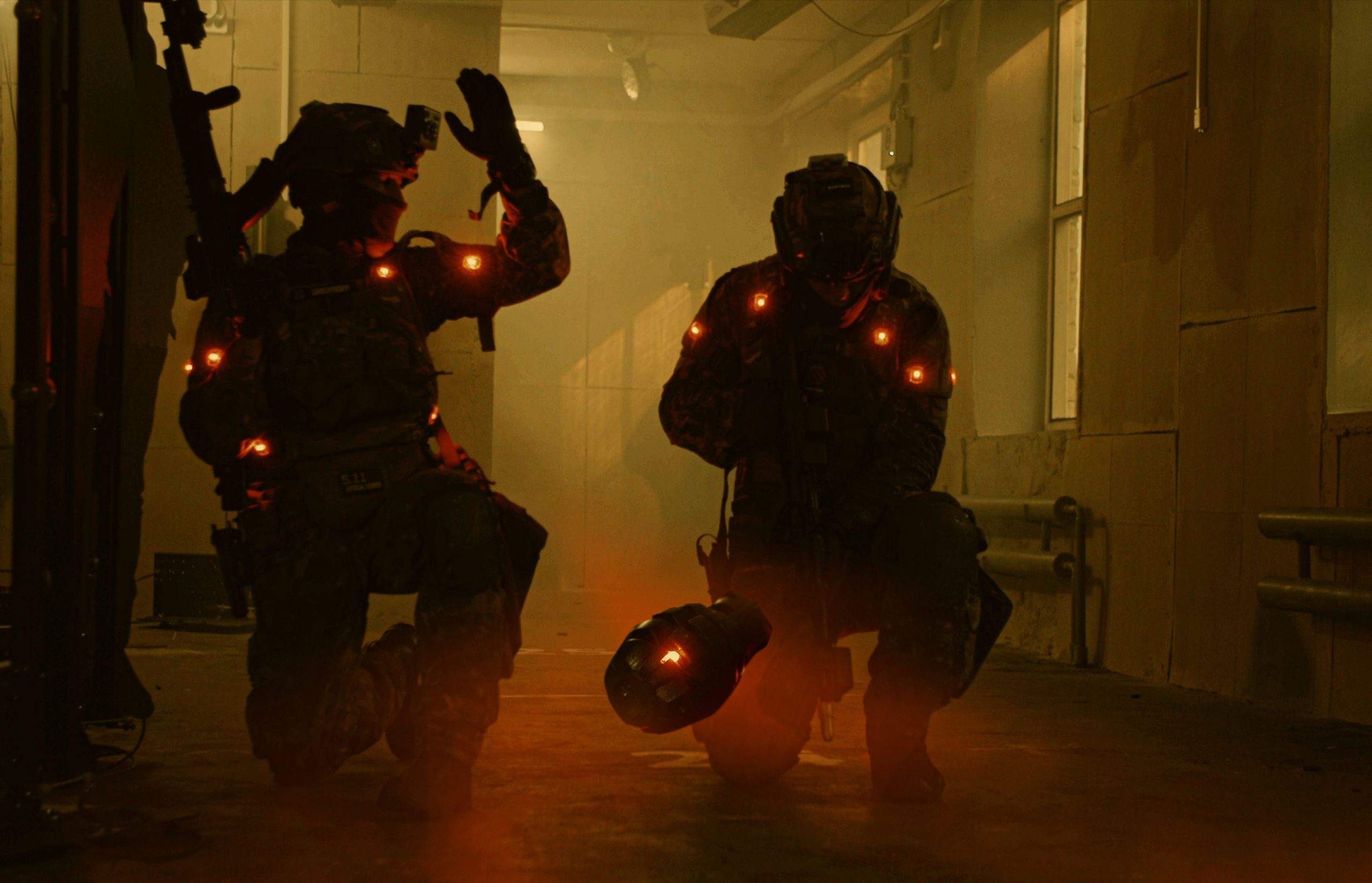
Recently, the development of technologies in tactical simulators has accelerated significantly, opening new possibilities for military training. Modern simulators have become an integral part of military training programs worldwide, offering realistic training scenarios and enhancing combat readiness. In the coming years, we expect many innovations that may change the approach to military training.
The impact of new technologies on military training in the coming years
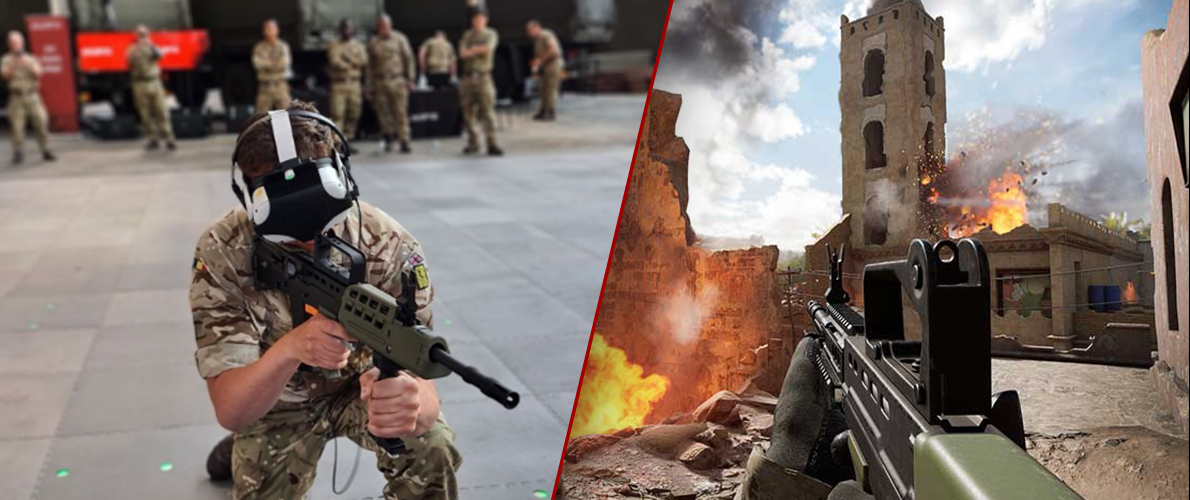
Virtual Reality (VR) and Augmented Reality (AR)
One of the main directions in the development of tactical simulators is the integration of virtual and augmented reality. VR allows for fully immersive training, where military personnel can practice complex scenarios in a safe environment. AR, in turn, allows adding digital elements to the real world, which is particularly useful for training in real conditions.
Artificial Intelligence (AI)
AI is becoming an increasingly important component of tactical simulators. It allows for the creation of intelligent opponents who can adapt to the player’s actions, making training more realistic and challenging.
Additionally, AI can analyze the actions of military personnel, providing personalized recommendations to improve their skills. For example, in the “Stinger” MANPADS simulator, AI is used to identify aerial targets and control the sequence of actions to bring the weapon mock-up to simulated firing.
Data Collection and Analytics
Modern simulators collect a vast amount of data from each training session. Analyzing this data allows identifying weaknesses in training and offering targeted improvements. In the future, this will help create more effective training programs, taking into account the individual characteristics of each soldier.
Tactical simulators in the civilian sector: applications and benefits
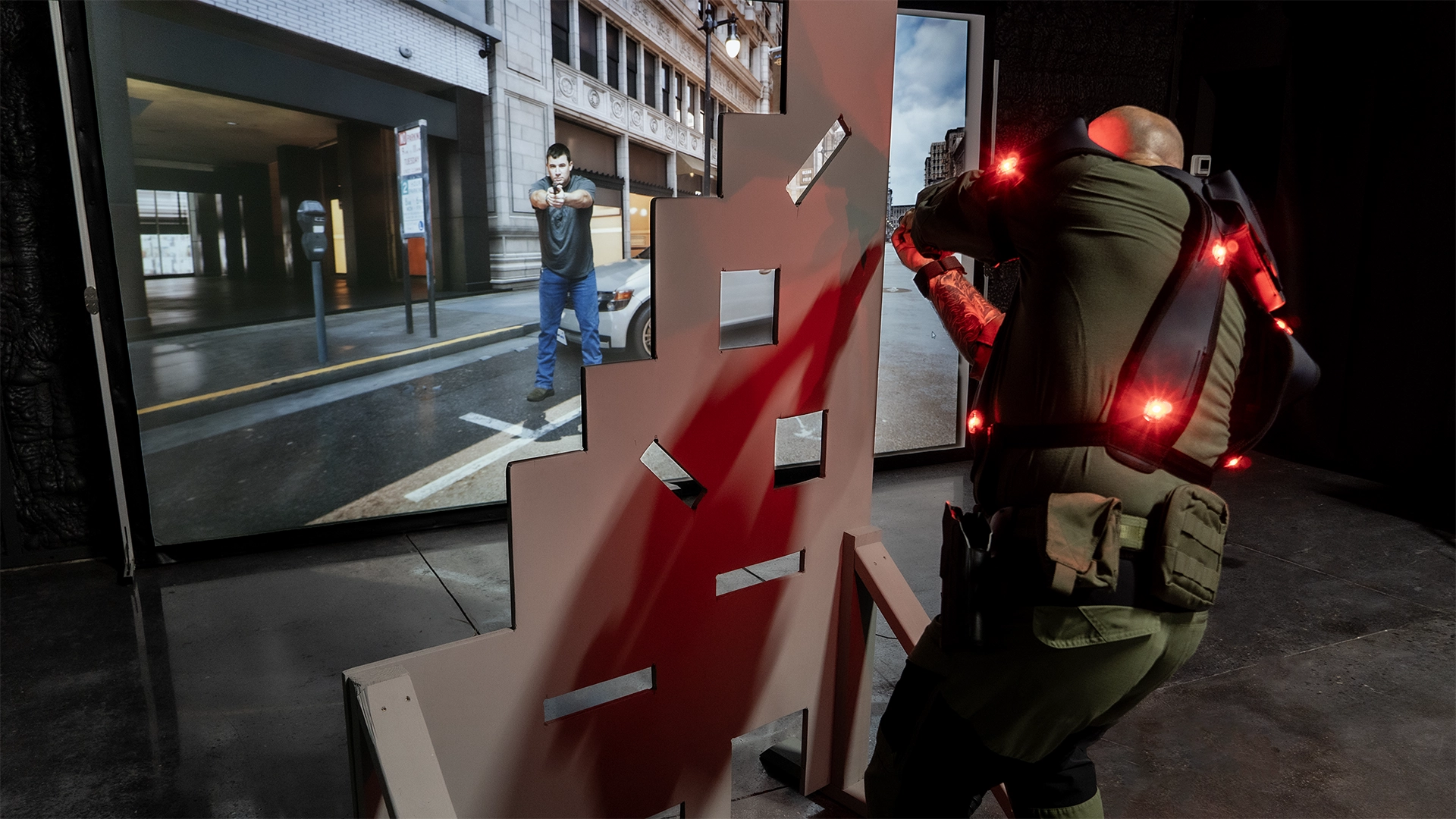
Tactical simulators are finding increasing applications in the civilian sector, offering a wide range of benefits for various professional fields.
Training and Skill Development
Tactical simulators can be used to train employees in fields that require a high level of preparation and coordination. For example, they can be used in fire services, medicine, police, and emergency rescue services to practice actions in emergency situations.
Increasing Safety
The use of simulators significantly reduces the risk of injuries and mistakes during training. Specialists can train in a safe virtual environment, which is especially important when preparing for dangerous tasks.
The development of technologies in tactical simulators significantly impacts military training by integrating virtual and augmented reality, artificial intelligence, and analytics. These innovations provide more realistic, safe, and effective training, enhancing the combat readiness of military personnel. Tactical simulators are also finding broad applications in the civilian sector, improving specialist training and optimizing work processes in various industries.
